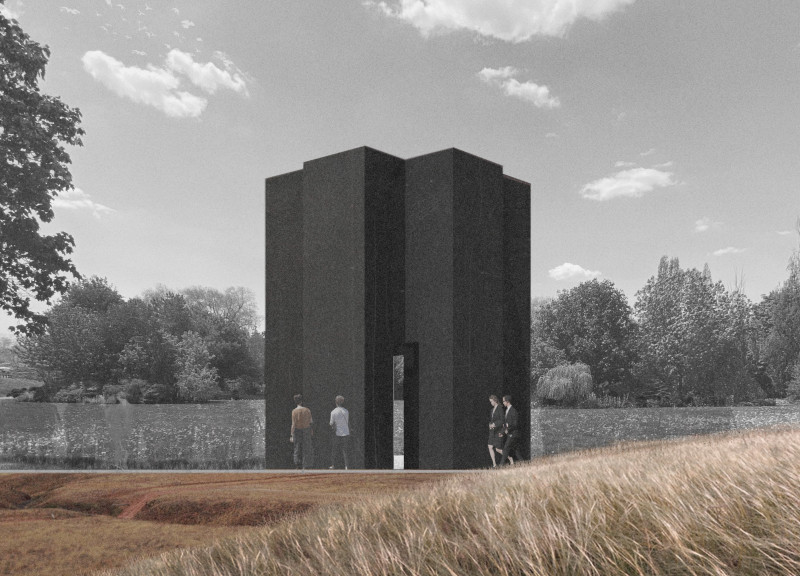5 key facts about this project
The Last Genocide Memorial is a significant structure designed to honor the memory of those lost to genocide. Located in a tranquil area that encourages reflection, the memorial serves as a site for remembrance and contemplation. The design combines meaningful text with purposeful spatial organization, creating a narrative that links themes of loss and human resilience.
Conceptual Framework
The memorial's conceptual framework highlights a blend of contrasting emotions. The phrase, "For those who will never see the light, who will never feel fresh airwave, rejoice, O you, alive," captures the essence of both mourning and celebration. This combination prompts visitors to engage with the memorial on a deeper level, facilitating a richer understanding of life and death.
Spatial Organization
Meticulous attention to spatial organization shapes how visitors experience the memorial. Pathways are designed to guide people toward key focal points where the text is clearly visible. This layout encourages individuals to take moments of pause and reflection as they journey through the site, emphasizing the importance of remembrance in our lives.
Interplay of Light and Shadow
While the presentation does not specify materials, the design likely includes thoughtful use of light and shadow to enhance the memorial's emotional impact. This relationship between light and dark serves to evoke feelings, highlighting the significance of the text and creating a meaningful atmosphere for visitors.
Architectural Language
The architectural language of the Last Genocide Memorial focuses on simplicity and clarity. This approach ensures that the core message remains central to the experience. By eliminating distractions, the design communicates its purpose effectively, allowing for an environment that supports introspection. Features like smooth spatial flow and deliberate viewpoints contribute to a setting where solemnity and reflection are possible.
A notable detail of the memorial is how it integrates with the surrounding landscape, working to create a cohesive experience for everyone who visits. The blending of natural elements with the design enhances the emotional connection to the act of remembrance.






















































